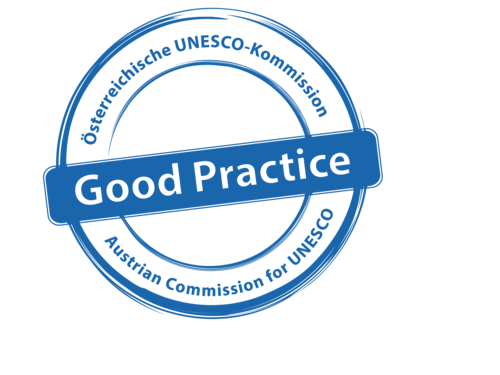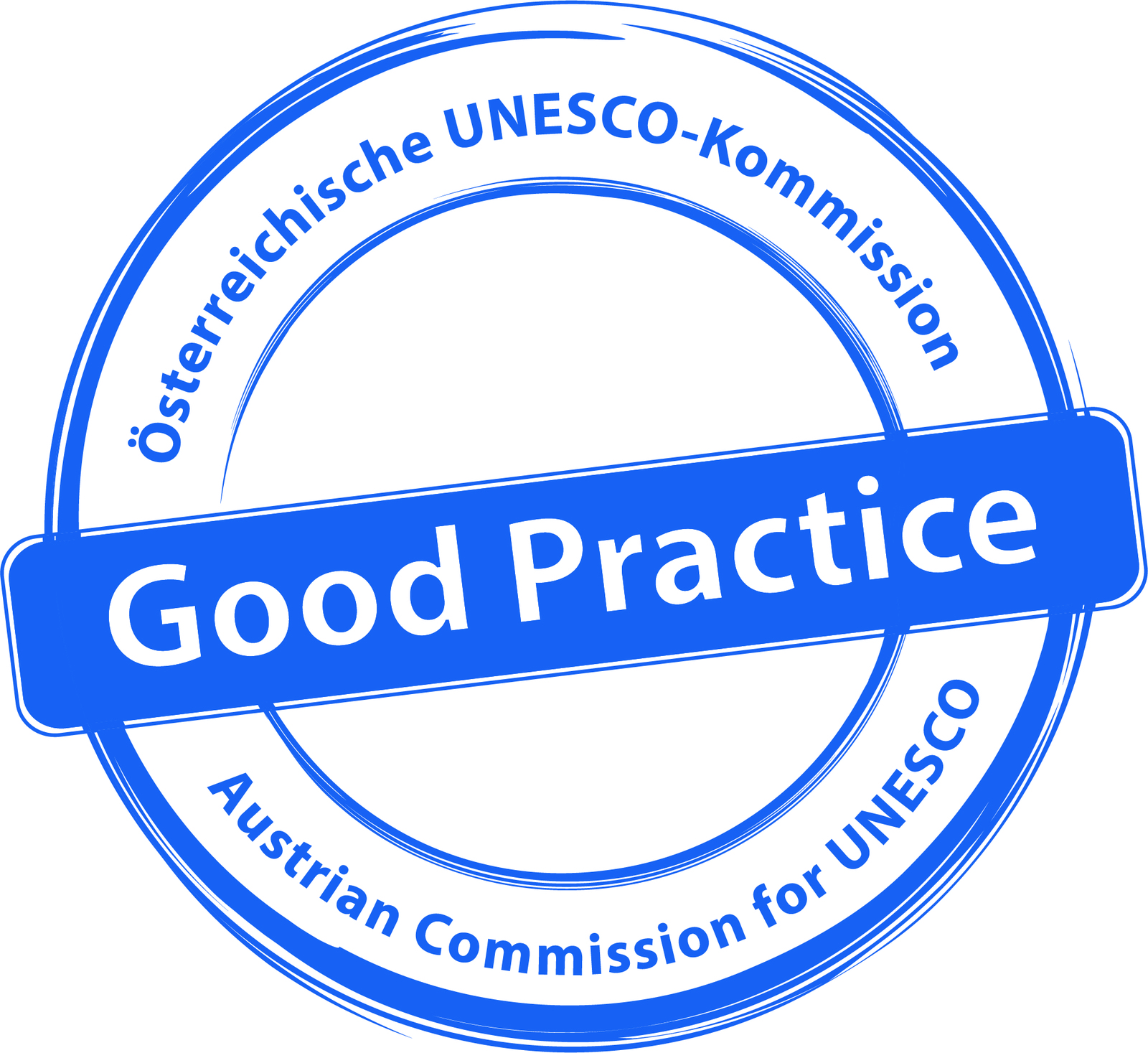
Project aim
A new system for recording and simulating the movement of visitors is intended to improve the use of room capacity in the palace and increase security. At the same time, the simulations should allow for possible changes to the tours on offer to be considered. Furthermore, this endeavour serves to protect the historical building materials by optimising the flow of visitors.
Project description
Schönbrunn Palace was once home to the Emperor’s family and his royal household. Today, many thousands of people visit this tourist attraction each day. This presents a challenge to the palace management, as visitor satisfaction and safety is the number one priority. It is now clear: The staterooms are to be maintained in the exact same state as they were left by Sisi and Co. In order to use the room capacities as best as possible whilst simultaneously preserving the historical structure, the visitor ticket entry times are designed to prevent too many people from being in the same room at once. Furthermore, management has to identify any bottlenecks in the palace early on and take countermeasures. In the first stage, visitor movements are recorded using sensors installed inside the palace. The content of the information that visitors read or hear in the audio guide has a significant influence on the period of time that visitors spend in certain areas. This should no longer lead to any queues in the future, as the data gathered in the next stage will be recorded in the visitor management system. Simulating visitor flows helps to take concrete measures to control actual visitor flows. These measures should, on the one hand, optimise the experience at Schönbrunn Palace for its visitors. On the other hand, they should ensure maximum safety and the preservation of the historic structure by reducing congestion-related bodily contact by the crowd.
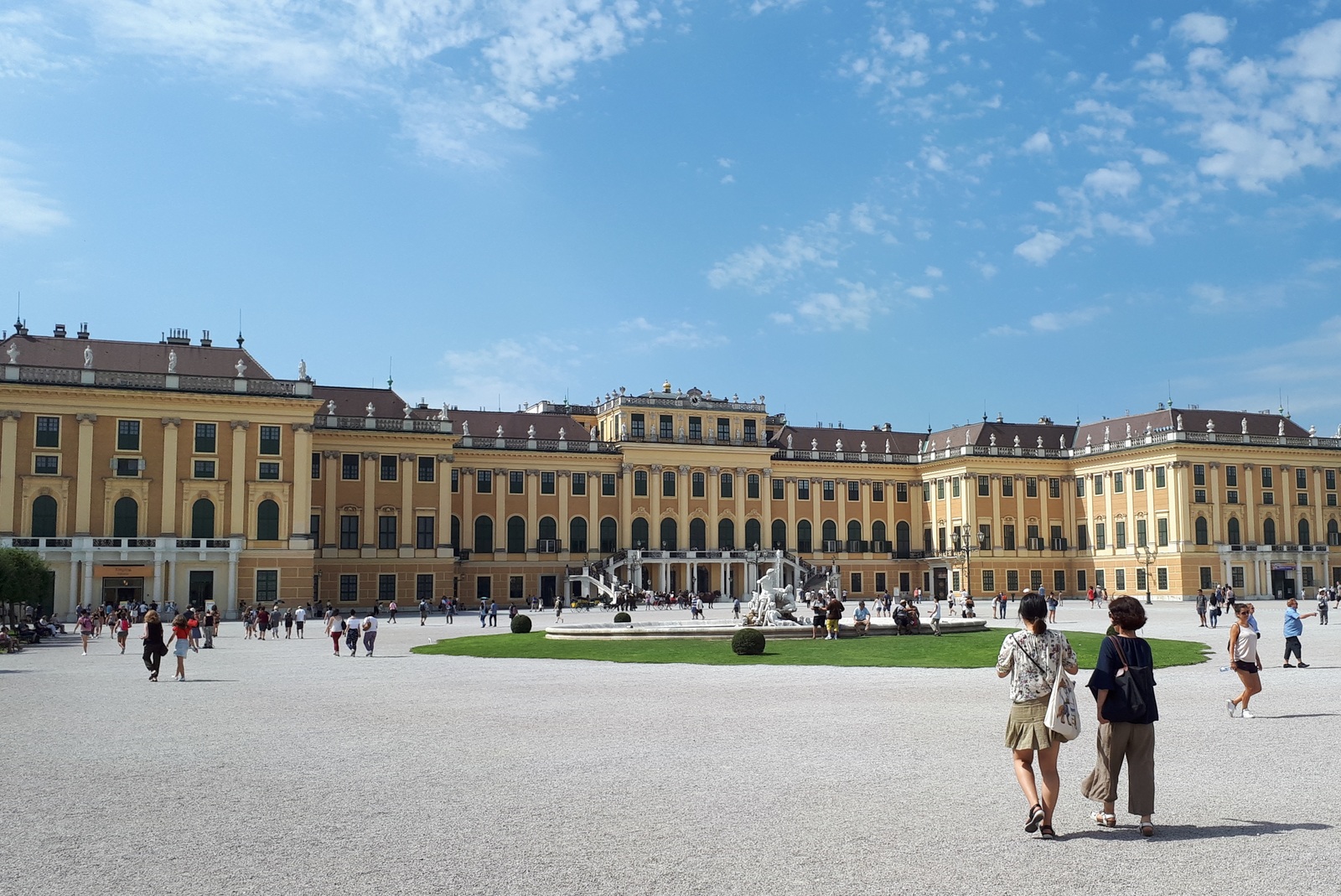
What people think
“When large volumes of visitors have to be led through this historic building, this should at least be conducted in the best way possible. It is nice when the logistics can be fine-tuned so that the visitors can go at their own pace whilst ensuring a maximum level of site preservation.”
“Overuse is an increasingly occurring phenomenon in top-level monuments. Taking measures to prevent this whilst simultaneously maintaining the quality of the visit for the visitor has been made possible thanks to state-of-the-art technology.”


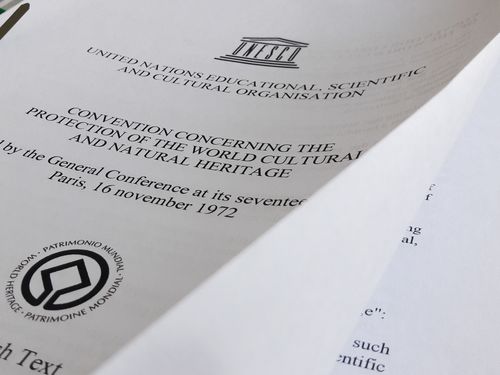

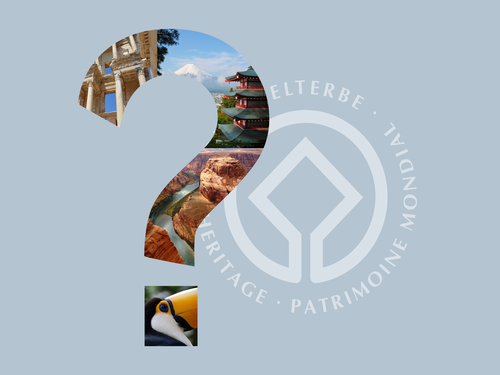
![[Translate to EN:] Welterbe in Österreich](/fileadmin/_processed_/f/c/csm_Welterbe_in_OEsterreich_2_f64603b865.jpg)
